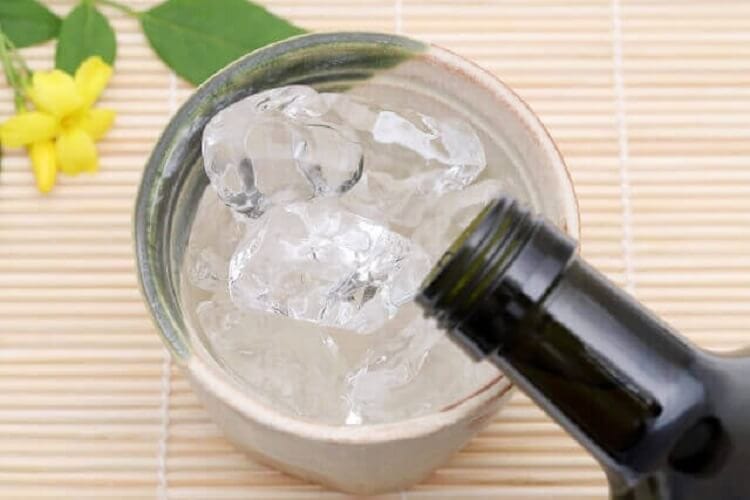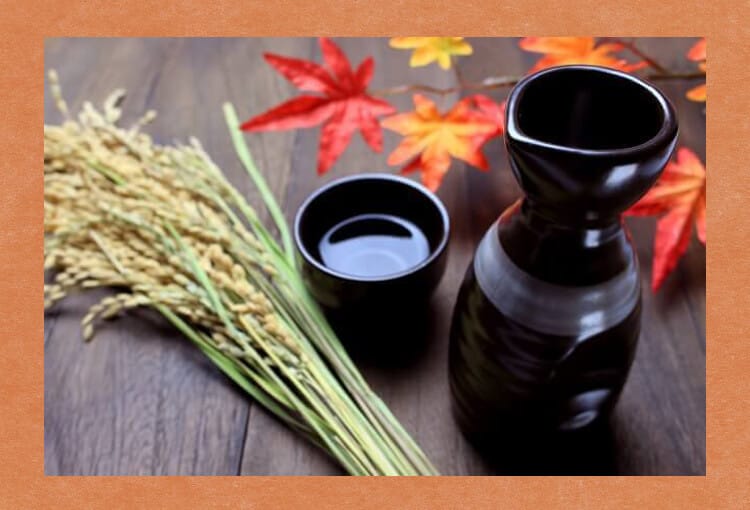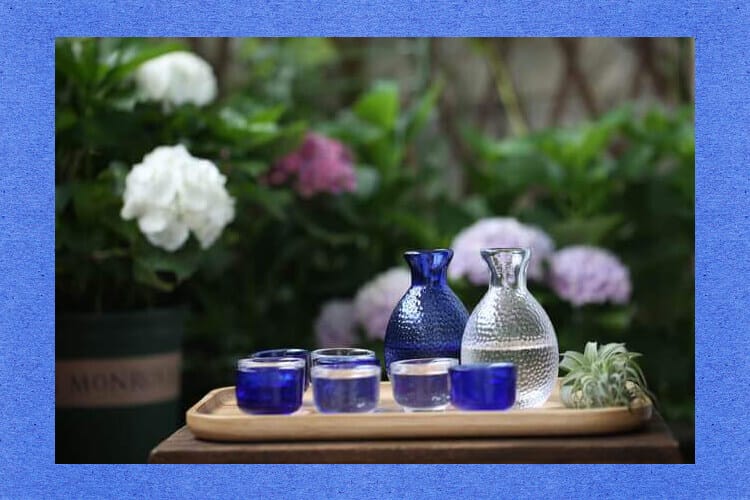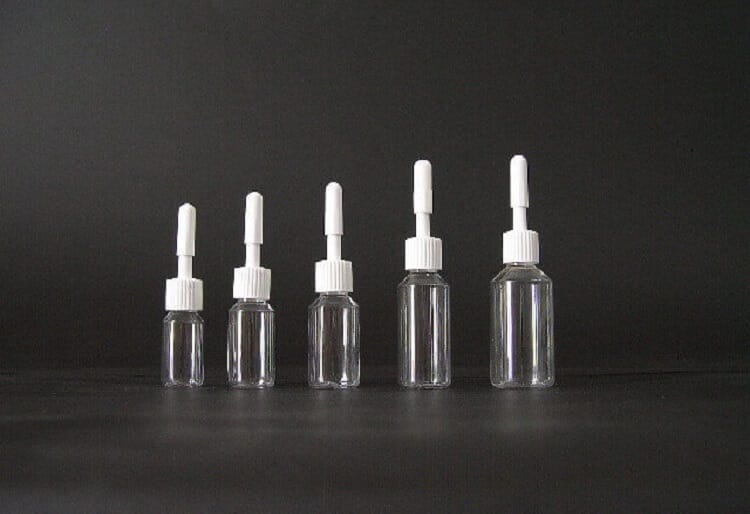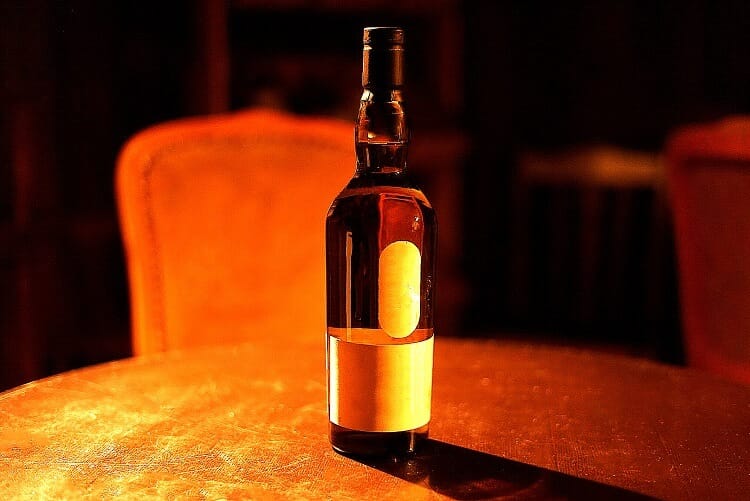
Not only Japanese sake, but all sake sold is labeled.
The label contains a lot of information that you want to refer to when choosing alcohol, but most people don't check the label very much and choose alcohol by brand name or price.
So, this time, I would like to introduce some label check methods that I would like to use as a reference for choosing alcohol.
Learn how to read the label so you can choose delicious sake!
What information is on the label?
At the beginning, I told you that the label contains a lot of information that can help you choose alcohol.
So what kind of information is specifically described? In the case of a sake label, there are front and back surfaces, each with the following information:
【surface】
Surface isImpact gameis. Each brewery is making ingenuity to create labels so that many people are interested.
There are two main types of information on the label on the surface.
Since the brand name is the name of the sake, it is the point where the personality of the sake brewery comes out. The design is impressive using a variety of fonts such as calligraphy, katakana, English, numbers and illustrations.
You must write your name, brewery name, and location. This information is often written small on the surface.
[Back side]
There is a lot of detailed information on the back that must be written on the label.
There may be people who do not check much because it is a small character,Lots of important information about the characteristics of sake.
Specifically, the following eight are listed.
This is information that allows you to determine which category sake belongs to, such as Junmai Daiginjo Sake, Daiginjo Sake, Junmai Sake, Honjozo.
This is the information you want to check first because it is a point for choosing sake.
-Eur-lex.europa.eu eur-lex.europa.eu
In the case of a single bottle, it is written as 1,8L, and in the case of a quadruple bottle, it is written as 720ml. ・Raw material name
There is a rule that the names of raw materials should be listed in order of usage. ・Raw Rice
Raw rice can be displayed if the usage rate exceeds 50%. ・Rice polishing rate
Rice polishing rate is often written when displaying a specific name. ・Alcohol
Labels are mandatory for alcohol. Sake also has an alcohol content of less than 22.
-Production year, production date
The production year and date indicate when the sake was made.
-Sake degree, acidity
Sake or acidity is a measure of taste.
In this way, various information is written on the label.
From here, we will dig deeper into the information on the label, picking up what you want to be particularly conscious of.
Types of sake rice
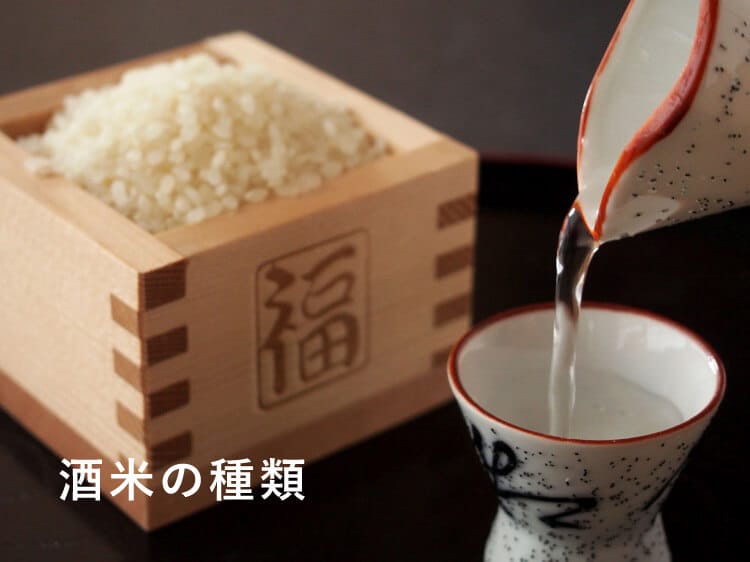
Sake rice is made for sake making..
Compared to rice to eat as rice,Large grain and big heart is indispensable for making delicious sake.
Currently, sake rice is being made in each region,The number of sake rice exceeds 100 typesIt has become a thing.
Among the many sake rice"Yamada Nishiki", "Million Stone", "Miyama Nishiki" and "Omachi" are famous varieties.It is sake rice that is used as a lot of sake.
The sake aroma and taste change greatly depending on the sake rice, so let's take a closer look at the type of sake rice on the label!
Alcohol degree

Alcohol content is also related to liquor tax, so labeling is mandatory.The average alcohol content of sake is around 15.
Since the original sake of Sake is more than 17, you can see that it is divided with water to make it easier to drink the sake that is made of many commercially available sake.
Recently,Japanese sake with a low alcohol contentCan be enjoyed even if you are not good at sake.
If you are weak, try the sake with a low alcohol content.
Four indications greatly related to the taste of sake
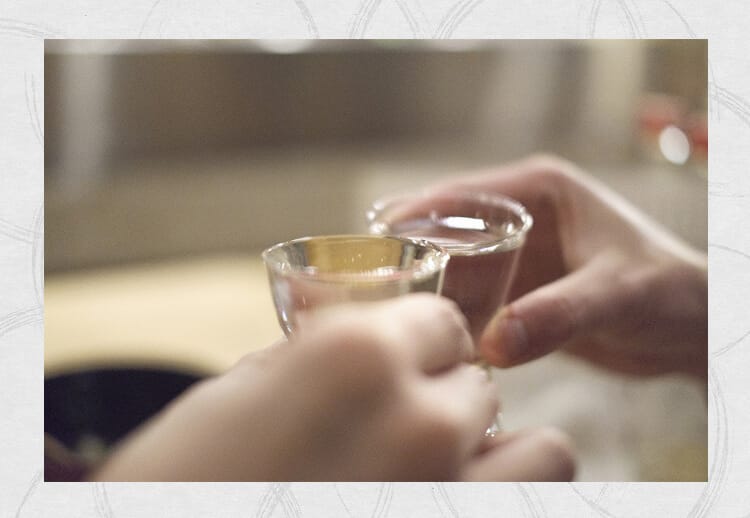
The label contains a lot of information that people who have made sake must want to convey to consumers.
The following four indications are items that are directly related to the taste of Japanese sake, and should be checked.
● Sake degree
Sake degree is a numerical value representing the specific gravity of sake..
The higher the sake, the lower the sugar content, and the lower the sake content, the higher the sugar content.
There are sweet and dry sakes.Numerical values used for discrimination.
Since the specific gravity value is determined by the balance between sugar and alcohol,Liquor with low sugar content and high alcohol content is dry, and conversely, alcohol with high sugar content and low alcohol content is sweet.It is said that.
I think that when you hear dry sake, you might have an image that is difficult to drink, but not all.
There are some types that are easy to drink even with dry sake, such as “spicy with a water-like taste” and “dry with a good taste and a clean aftertaste”.
● Amino acid content
Amino acid content is a good ingredientRepresents Sake contains more than 20 amino acids,The greater the amount of amino acids, the richer and thicker the tasteIt is said that.
Daiginjo class sake has low amino acid content tends to be.
● Acidity
Acidity indicates the proportion of organic acids in sake.
Organic acids in sake are mainly lactic acid, succinic acid, malic acid,The higher the acidity, the full body, the lower the acidity, the light body tends to be.
● Yeast
Yeast plays a major role in sake making.It is the function of yeast to change rice into alcohol, an ingredient indispensable for sake makingI can say that.
There are various types of yeast, and depending on the type, the scents of apples and bananas, those with little scent, those with a sour taste, and those with no sour taste are very different.
You can also judge what kind of sake you want to taste depending on the type of yeast.Therefore, the number of breweries that include the yeast name on the label is increasing.
Brewing year

The year display of sake is distinctive,7 month, 1 day, which is the least time to make sake, is the beginning of the yearに な っ て い ま す.
The sake label always includes the year of sake brewing when it was shipped.
Raw sake, raw stuffed sake, raw stored sake
You can also distinguish fresh sake, freshly brewed sake, and fresh sake from the label.
● Sake
“Natural liquor” refers to liquor shipped without any heat treatment..
Some of them contain gas,Fresh taste is characteristicis. Because sake is weak and easily deteriorated,The label should include the word “raw” and notes on storage and drinking.
If you store raw sake at room temperature, the taste will deteriorate,Thorough refrigeration managementLet's do it.
● Raw stuffed liquor, fresh stored liquor
“Raw stuffed liquor” and “raw brewed liquor”Both are heat-treated by 1 degreesdoing.
Ordinary sake is heat treated at 2 degrees, but the above-mentioned sake is heat treated only 1 times. For this reason, the quality of liquor is also weak and you must be careful to preserve it.
Raw sake, freshly stuffed sake, and freshly stored liquor are weaker than ordinary Japanese sake due to heat treatment.Refrigerate when storingLet's not forget that.
Ginger, mountain ruins
https://www.instagram.com/p/BxeplCaguVy/
“Ginger” is a traditional way of making yeast. Sake brewing begins with growing yeast from raw materials,"Ginger" is really the first workI understand that.
Yeast has the property of being resistant to acid, and other acid-fast bacteria are vulnerable to acid,It is necessary to create an acid-rich environment and increase yeast.
“Ginger” is a method of increasing the yeast by suppressing harmful bacteria with lactic acid produced by natural lactic acid bacteria.It is said that the yeast grows strong.
It takes a lot of time and effort to make natural sake, but it can be made into sake with no miscellaneous taste.
"Mountain ruins" is one of the traditional ways of making yeastis. The difference from ginger isStreamline the work of grinding rice and save timeabout it.
Remember that both are traditional ways of making yeast with the help of natural lactic acid bacteria.
Summary
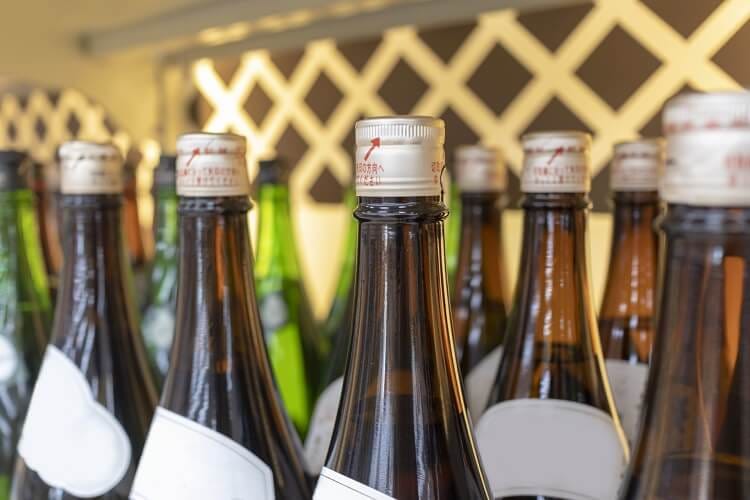
The label contains a lot of information that people who made sake must and should convey to consumers.
We can find out what kind of sake, what kind of sake is made, and how it tastes.
Check the label carefully to find the right sake for you!

